As our medicinal needs grow so does the technology that delivers our medicine.
As our medicinal needs grow so does the technology that delivers our medicine. With new phone applications, alarms, smart packaging and smart pills – there really is no excuse to miss a dose or forget to take your prescription. With the advancement of wireless devices and minuscule cameras, “embeddable” and “wearables” are becoming more common to allow users to detect diseases and health concerns or problems sooner and easier. The wireless health technology forefront is beginning with smart pill technologies, also known as “ingestibles”, that could change the way we utilize our medicines to help us in other ways than just delivering treatment. In this post, we will be discussing smart pills (ingestibles) and how this new technology can influence diagnosis, treatment plans and prescription adherence along with many other advantages.
What are smart pills or “ingestibles”?
This is a form of technology that has many different functions both medicinal and diagnostic. A pill is considered “smart” if it has technologic components embedded into it. These components can be microchips, cameras, or sensors that wirelessly communicate with wearable software or mobile apps, to computers at pharmacies or doctor’s offices and with smart devices.
How do they work?
The technology implanted depends on the intention of each smart pill. One of the ways this technology is used is with dissolvable chips and sensors in the medication. Tech companies (like Proteus) have made this hardware from copper and magnesium, which are metal based minerals that are safe and easily absorbed by the body. When the sensor is swallowed, electrolytes in the body activate a signal that is transmitted to a battery-operated, adhesive Band-Aid like patch that is worn on the abdomen. The patch sends a signal to a smart phone or software on a server that transmits in the information to a pharmacy or doctor’s office. The information relayed from the sensor can be correct dosage or adherence related, timing prescriptions and identifying when the patient needs the medication the most.
Another way they work is by inserting tiny cameras in pills that can take pictures of the digestion system. The camera wirelessly relays the images in a similar way of the sensors through a belt that is worn by the patient. The belt receives the images from the camera pill and then transmits them to a computer or tablet.
An additional option includes a pill that has a temperature microchip and antennae that can relay information about the body for sports and athletic performance. This type of pill doesn’t break down but makes its way through the entire gastrointestinal track while recording up to 16 hours of data. This type of pill currently uses a radio frequency not Bluetooth the transmit its data to the user base component which then communicates that data to a smart device or computer.
How can smart pill technology help patients and the healthcare industry?
There are multiple ways that these types of technologies can assist with patient’s needs, pharmacies and physician’s diagnosis.
First, the pills with the dissolvable sensors can be used for a variety of ailments on different types of patients. For example, elderly or disabled patients usually have a large quantity of different medications to take throughout the day or week. For these individuals it can be hard for them to remember to take their pills on time, take the right pill on the right day, or remember to take their medication at all. When smart phone apps and other alarm technologies may be too confusing – smart pill technology can step in to help them adhere to their medication instructions. By relaying the information of their pill ingestion to their pharmacy or doctor, another individual can see if the patient is taking their medication correctly. This takes some of the burden off the patient and allows the doctor to see where errors may occur and how to fix them with reminders and alternative medications (like prescriptions that can be taken less often). The elderly population is especially vulnerable to non-compliance but it is not intentional. With smart pill sensor technologies even friends or family members can help these patients take their medication on time and stay healthy.
Second, the camera smart pill is eaten and then makes its way through the gastrointestinal tract which is helpful for those who may need a diagnosis that cannot be seen with ultrasound or colonoscopy. The digestive tract is very long and complex and these cameras allow pictures to be taken which provides full transparency of any problems. This type of technology is especially helpful for patients who may not be able to have a colonoscopy due to disease, anatomy complications and/or prior surgeries. These cameras also have more access than traditional detection methods making it easier for them to uncover potential dangerous life threatening diseases (cancerous tumors or polyps). This alternative is also a non-invasive diagnostic test which is a big plus for overall patient satisfaction and comfortability.
Lastly, the smart pills that use microchips/sensors that are not dissolvable are great for not only performance enhancement but also to diagnose any other type of cardiac or gastrointestinal concerns. These pills transmit temperature measurements during training periods showing when the core temperature is elevated (either too much or too little). These pills have a faster transmit time making results easy to read quickly and then applied to sports performance. Advancements with this type of technology could include pH and oxygen sensors that can detect issues within the bloodstream, lungs or heart and within the digestive system.
While some of these pills are already available it may be some time before these technologies become mainstream. The FDA must approve all pills to be safe for consumption and monitor any complications that can arise from using such new technology. Currently, there are only a few companies that have FDA approval but with more advancements and uses in development, we will start to see more health companies manufacturing these smart pills. Once these technologies have approval and grow in popularity the cost will go down and their availability and uses to patients will increase.





